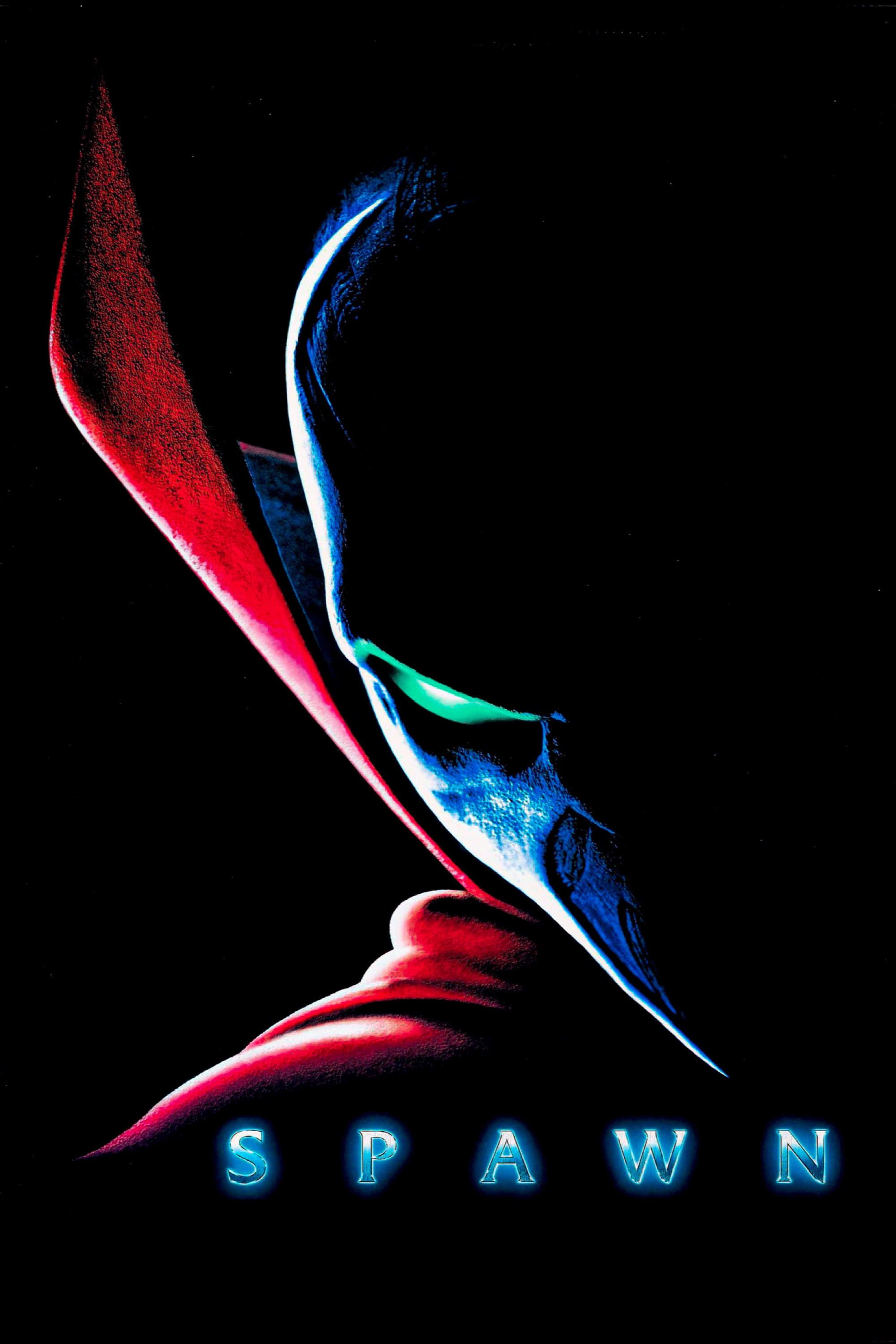The success of Amazon Prime Video’s Invincible reinforces what Spawn showed us decades ago — that there’s room for superheroes with complex morals and mature themes. When HBO’s Spawn premiered in 1997, it shocked audiences with its bold storytelling, adult content, and brutal imagery. For years, superhero animation had primarily catered to younger viewers, but Spawn changed all that. Animation for adults was now possible.
Based on Todd McFarlane’s wildly popular Spawn comic book series, the animated show proved that R-rated superhero stories could thrive outside the Marvel and DC ecosystems. Nearly 24 years before Invincible expanded the boundaries of animated superhero stories, Spawn paved the way for darker, edgier narratives in animation.
HBO’s Spawn Was A Groundbreaking Animated Show Based On The R-Rated Anti-Hero
Todd McFarlane’s Creation Was Unlike His Comic Book Brethren
At a time when superhero cartoons were dominated by family-friendly fare like Spider-Man and X-Men, HBO’s Spawn charted its own course. Airing from 1997 to 1999, the animated series embraced a grim, no-holds-barred approach to storytelling. One of the standout elements of Spawn was its refusal to sugarcoat its protagonist. Al Simmons wasn’t a clean-cut hero — far from it. A government assassin who was betrayed and murdered, only to be resurrected as a Hellspawn to lead Hell’s army, Al’s internal struggles made him a compelling anti-hero.
As for the animation itself, Spawn was unabashedly R-rated. Violence wasn’t sanitized; Spawn was graphic and unrelenting, reflective of the source material’s gritty tone. Themes of betrayal, revenge, morality, and existential dread were staples of the series, making it unlike any animated superhero show of its time. Episodes tackled weighty issues, including domestic abuse, corruption, and vigilante justice.

Related
8 Things The Spawn Reboot Needs To Get Right After The 1997 Movie Disaster
A reboot of Todd McFarlane’s Spawn is finally within sight. Unfortunately, after the disastrous 1997 movie, fans have some pretty high expectations.
The series was a direct adaptation of Todd McFarlane’s Image comic, and McFarlane himself served as creator and executive producer. The involvement of the comic’s creator ensured the series stayed faithful to its roots, with stunning visuals that mirrored McFarlane’s iconic, hyper-detailed and wildly popular art style. Meanwhile, Keith David’s deep, commanding voice as the haunted Spawn elevated the character, adding a layer of complexity to Al’s pain.
Spawn Continued To Pave The Way For Darker Animated Shows After Batman: TAS
While Batman Knocked, Spawn Kicked The Door In
While Spawn stood in stark contrast to more family-friendly superhero series, it wasn’t the first show to lay the groundwork for darker animation. Batman: The Animated Series (1992-1995) had previously shown audiences that animated superhero tales could be complex, stylish, and nuanced. However, Spawn took it a considerable step further, shedding all limitations of network censorship to fully explore the violence and consequences of life in its dark, urban underworld.
The animated series ushered in a grittier kind of storytelling, serving as a precursor to future dark animations like The Maxx and Aeon Flux. Beyond its shock value, Spawn proved that superhero animation didn’t have to fit the mold of mass-produced Saturday morning cartoon content. Airing on premium cable at midnight, Spawn targeted adult audiences and was still commercially successful, countering the belief that animation was solely a children’s medium.
Spawn also demonstrated how animation can capture tones and themes that may not translate as effectively on live-action television due to budgetary or production constraints. For example, the otherworldly Hellscapes Spawn traverses, drenched in fire and shadow, were visually stunning but would have been cost prohibitive to recreate in live-action during the 1990s.
Invincible’s Success Proves That There Is Still Room For R-Rated Superheroes Like Spawn
Fans Aren’t Afraid Of Gore And Hard Adult Choices In Their Comic Book Universes
Fast forward to 2021. Amazon’s Invincible burst onto the scene, offering a fresh, unapologetically R-rated take on superheroes. With its graphic violence and morally complex characters, Invincible has become a runaway success. Much like Spawn, it’s based on comics that deviate from Marvel and DC’s mainstream traditions. Yet, Invincible owes part of its success to the paths other adult animated shows like Spawn previously carved out.

Related
Invincible Season 3: Release Date, Cast, Story, Trailer & Everything We Know
The Amazon Prime Video series Invincible shined during its first two seasons, and here’s everything we know about the upcoming season 3.
Both series explore flawed, complex protagonists who grapple with identity, power, and responsibility. Neither Al Simmons nor Mark Grayson fit the mold of a traditional hero. Simmons’ past choices led to his hellish curse, while Mark is constantly grappling with the weight of superhero expectations thrust upon him, mostly by his conflicted dad, Omni-Man. While Spawn is far more somber, Invincible introduces moments of levity that balance its shocking brutality. Modern animation technologies also allow Invincible to push visual boundaries that Spawn experimented with decades earlier.
What’s striking is how both series choose not to shy away from difficult truths. Spawn confronts issues like institutional corruption and moral ambiguity, while Invincible examines the burdens of lineage, toxic relationships, and the fine line between heroism and unchecked power. Both Spawn and Invincible speak to the thirst for alternative superhero stories, offering depth, complexity, and emotional weight. For animation enthusiasts and comic fans, they stand as shining examples of how superheroes can evolve beyond Marvel and DC’s traditional structures.











